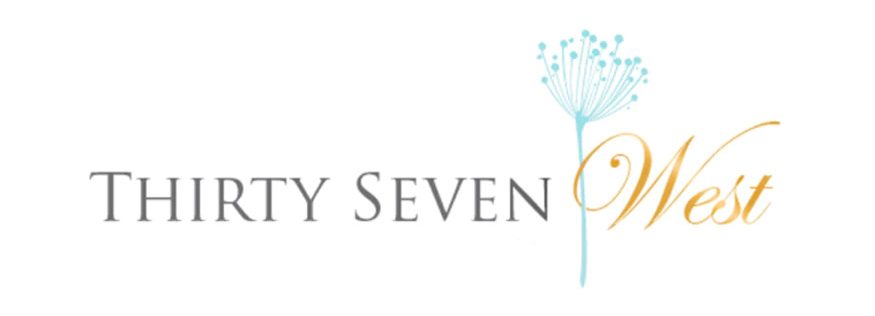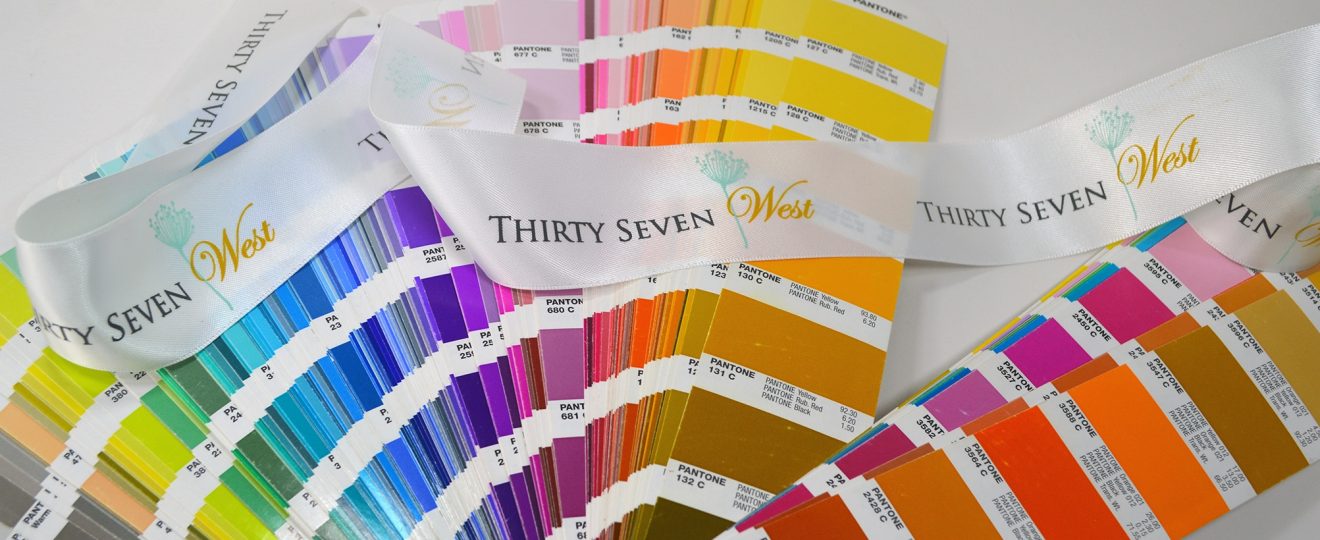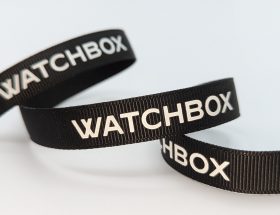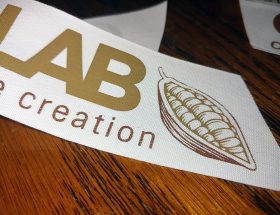In the world of branding and marketing, the significance of color consistency cannot be overstated. Whether you’re launching a new product or organizing a major event, the colors you choose can leave a lasting impression on your audience. One of the most effective ways to ensure color consistency is through the use of custom logo ribbons. In this comprehensive guide, we will explore the differences between Pantone matching print and non-Pantone matching print, helping you make an informed decision for your branding needs.
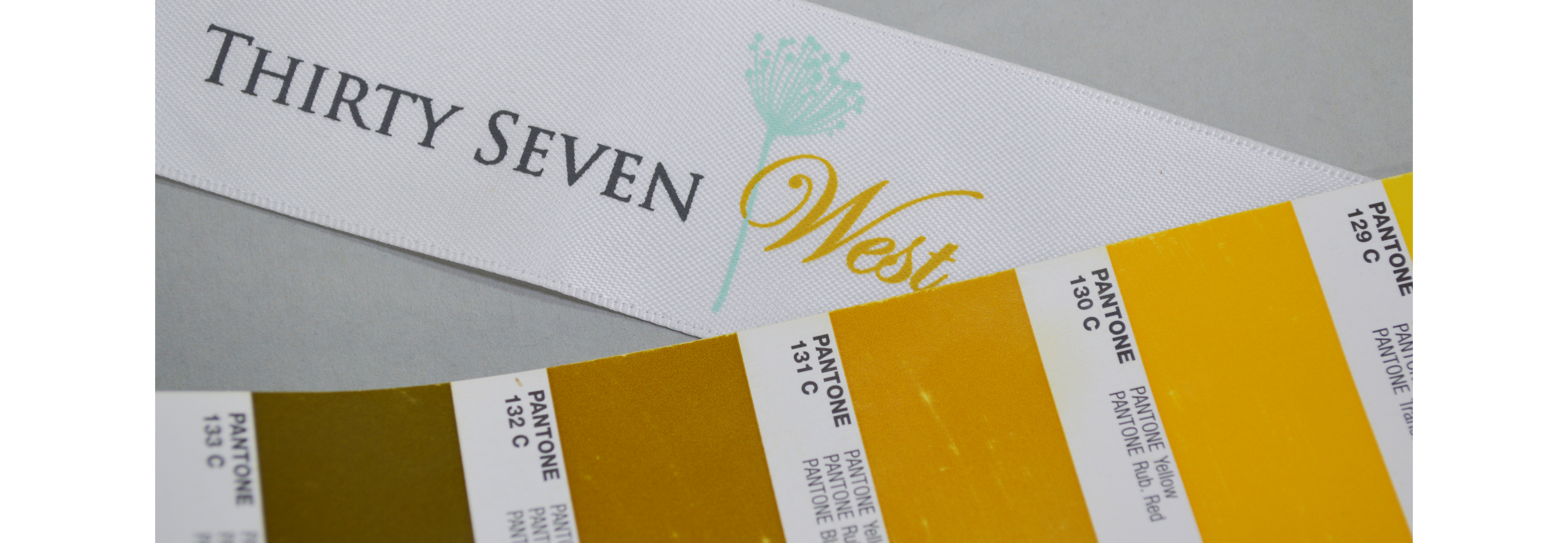 Understanding Pantone Matching System (PMS)
Understanding Pantone Matching System (PMS)
The Pantone Matching System (PMS) is a standardized color reproduction system that is widely used in various industries, including printing, fashion, and graphic design. By using a specific number assigned to each color, the PMS ensures that colors are consistent across different platforms and materials. This system is essential for maintaining brand identity, especially when it comes to custom logo ribbons.
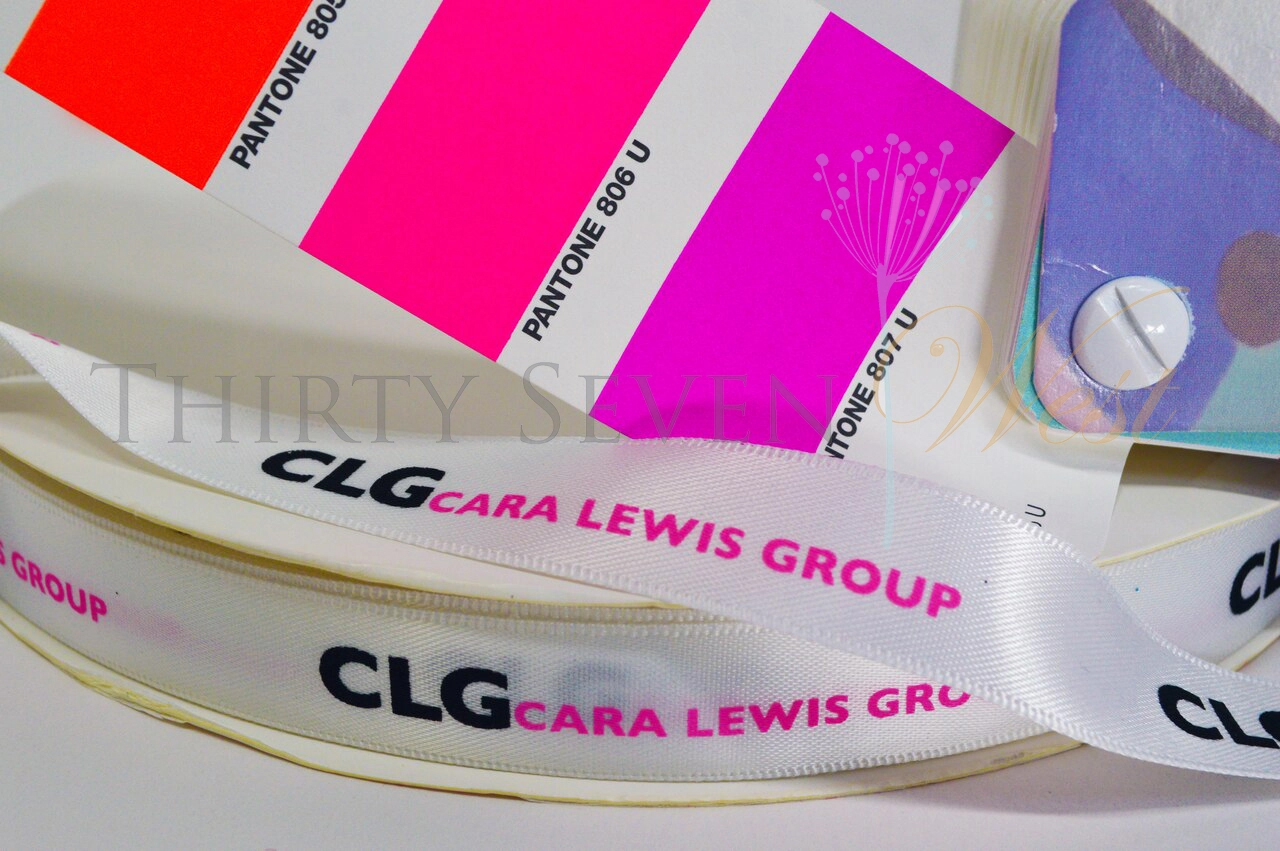 Benefits of Using Pantone Matching Print
Benefits of Using Pantone Matching Print
When opting for Pantone matching print, you are essentially choosing precision and consistency. Here are some key benefits:
- Color Accuracy: Pantone matching allows for exact color reproduction, ensuring that your brand colors are accurately represented on the ribbons.
- Consistency Across Materials: Whether you’re printing on fabric, paper, or plastic, Pantone colors remain consistent, helping to maintain a uniform brand image.
- Professional Appearance: High-quality Pantone matching print gives your custom logo ribbons a polished and professional look, which can enhance your brand’s reputation.
- Global Recognition: The Pantone system is recognized worldwide, making it easier for international businesses to maintain brand consistency across borders.
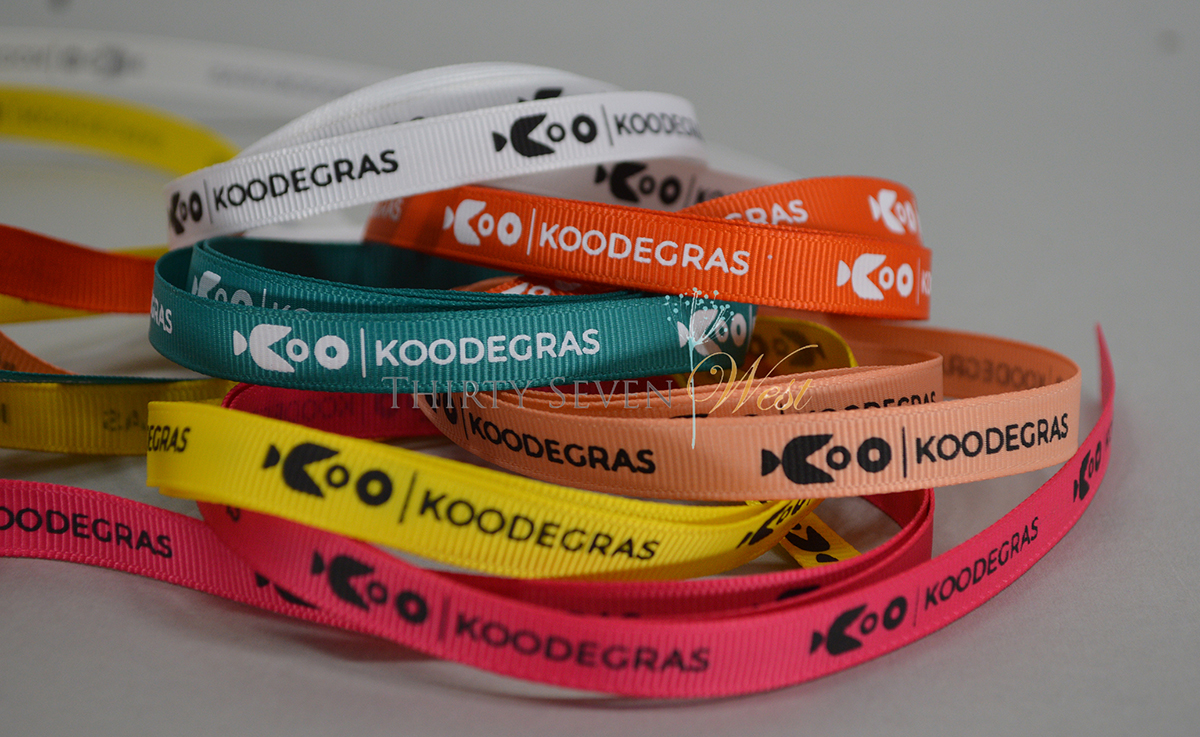 Exploring Non-Pantone Matching Print
Exploring Non-Pantone Matching Print
While Pantone matching offers precision, non-Pantone matching print can also be a viable option for certain projects. Here’s what you need to know:
Advantages of Non-Pantone Matching Print
Non-Pantone matching print can be more flexible in certain aspects. Let’s take a closer look:
- Cost-Effective: Printing without Pantone matching can be more budget-friendly, making it ideal for smaller projects or for businesses with limited resources.
- Faster Production: Without the need for precise color matching, production times can be reduced, which is beneficial for tight deadlines.
- Creative Freedom: Non-Pantone printing allows for more creative freedom, enabling designers to experiment with colors and designs without being restricted by standardized hues.
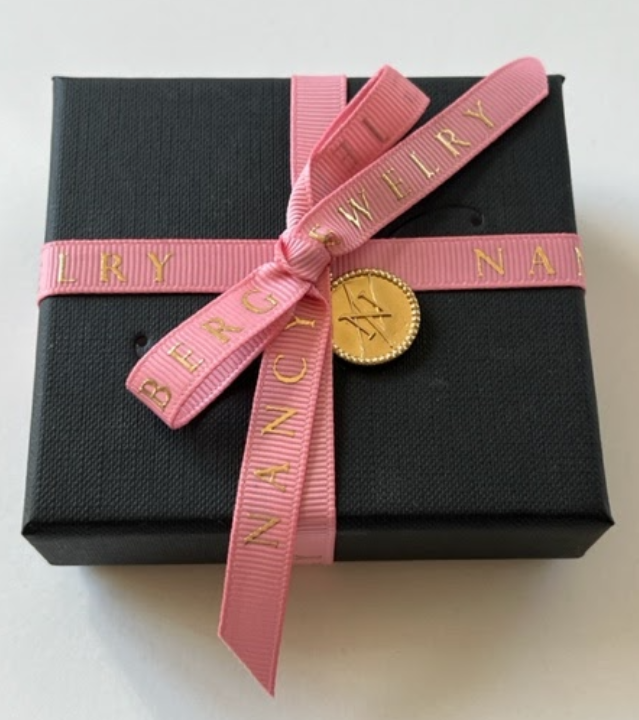 When to Choose Pantone Matching vs. Non-Pantone Matching
When to Choose Pantone Matching vs. Non-Pantone Matching
Deciding between Pantone and non-Pantone matching depends on several factors, including your branding goals, budget, and project requirements. Here’s a guide to help you choose:
Choose Pantone Matching If:
- Brand Consistency is Crucial: If maintaining a consistent brand image is a top priority, Pantone matching is the way to go.
- High-Quality Packaging: For premium products or events, the precision of Pantone matching can enhance the overall quality and appeal of your packaging.
- International Branding: If your brand operates on a global scale, Pantone matching ensures that colors remain consistent regardless of where your products are produced or sold.
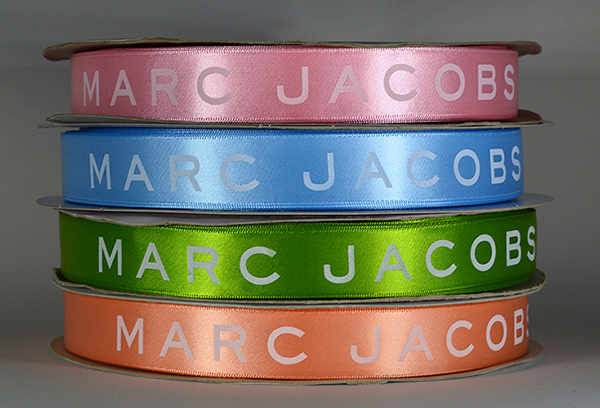 Choose Non-Pantone Matching If:
Choose Non-Pantone Matching If:
- Budget Constraints: When working with a limited budget, non-Pantone matching can help you achieve your goals without overspending.
- Short Turnaround Times: If you have a tight deadline, non-Pantone printing can expedite the production process.
- Flexible Design Needs: For projects that require more flexibility and creativity with colors, non-Pantone matching offers greater freedom.
Choosing between Pantone matching print and non-Pantone matching print for your custom logo ribbons is a decision that should be based on your specific needs and priorities. While Pantone matching offers precision and consistency, non-Pantone matching can provide cost savings and creative flexibility. By understanding the benefits and limitations of each option, you can make an informed choice that aligns with your branding strategy.
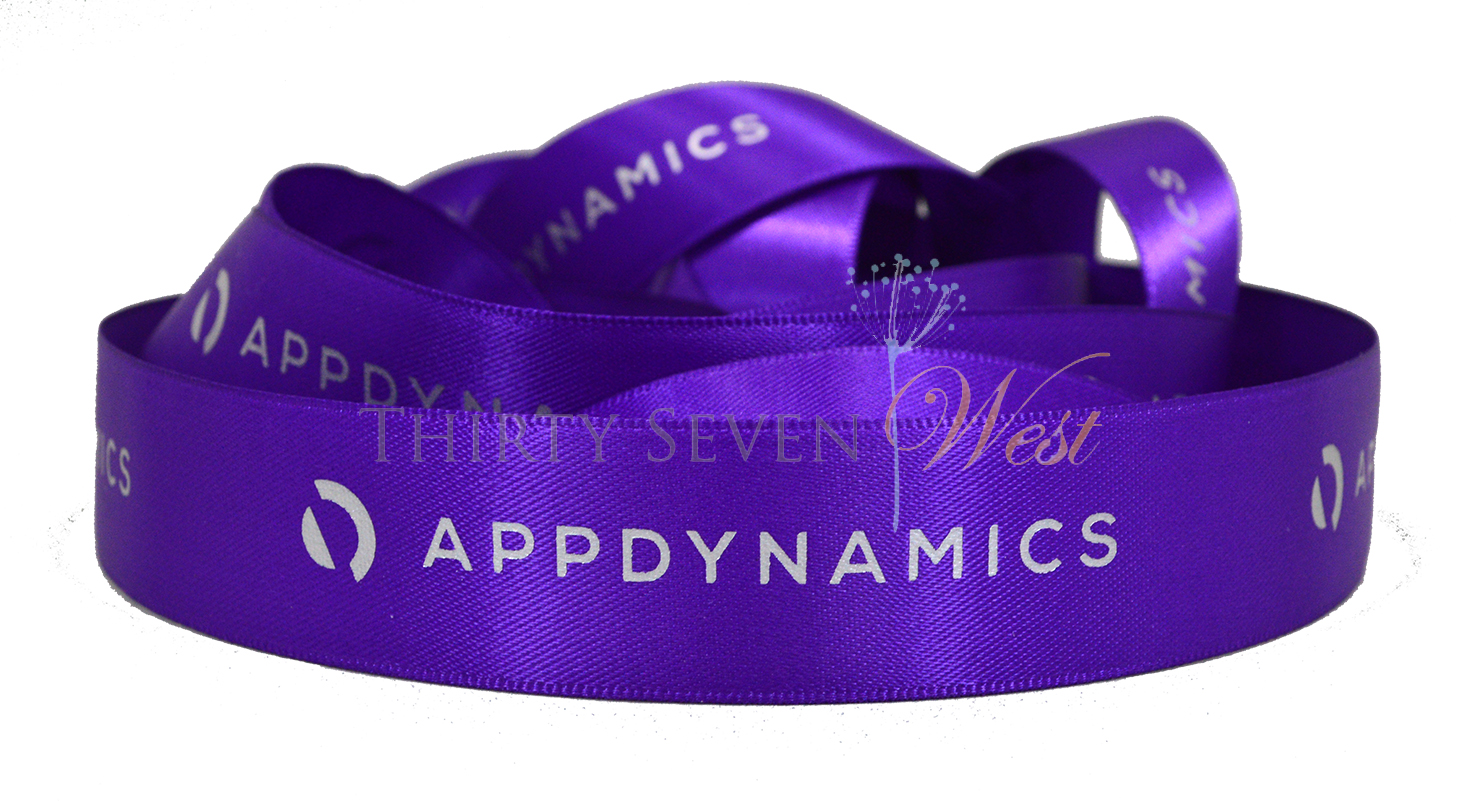 In the end, whether you opt for Pantone or non-Pantone matching, the key is to ensure that your custom logo ribbons effectively represent your brand and leave a lasting impression on your audience. By doing so, you can enhance brand recognition, build customer loyalty, and set your business apart from the competition.
In the end, whether you opt for Pantone or non-Pantone matching, the key is to ensure that your custom logo ribbons effectively represent your brand and leave a lasting impression on your audience. By doing so, you can enhance brand recognition, build customer loyalty, and set your business apart from the competition.
